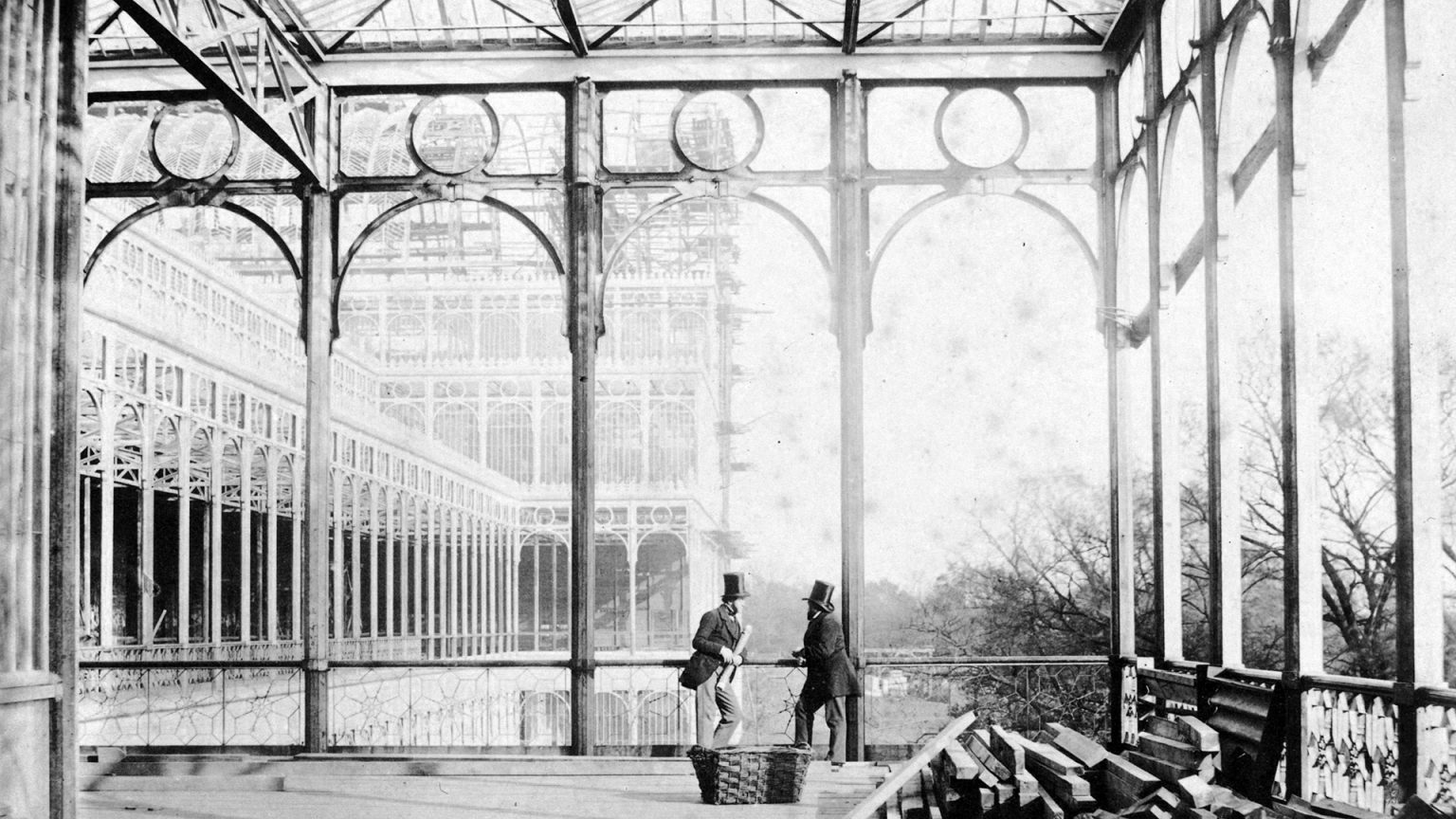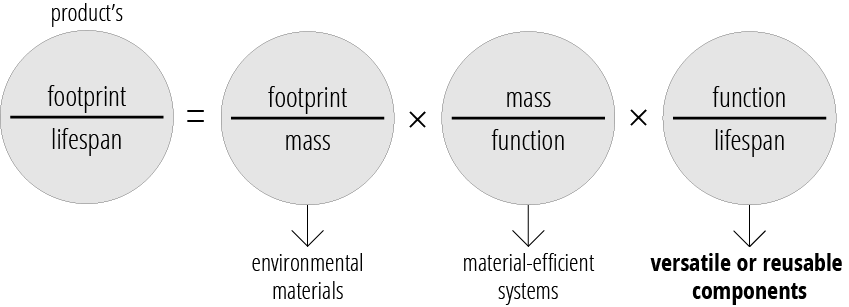Circular Structural Design
Circular Economy concepts are gaining momentum worldwide. Their benefits for the environment and employment have been demonstrated. Still, their implementation in the construction industry is yet to be explored. What would a circular construction industry be like? What are the new opportunities and challenges for building designers? To what extent can circular economy be achieved? How far does it affect the design of load-bearing systems in buildings? What can we learn from past attempts?

Although meant for reuse, the Crystal Palace (Richard Paxton, 1851) suffered from inappropriate technological details. (Photograph by Philip Henry Delamotte)
Please note that the publication lists from Infoscience integrated into the EPFL website, lab or people pages are frozen following the launch of the new version of platform. The owners of these pages are invited to recreate their publication list from Infoscience. For any assistance, please consult the Infoscience help or contact support.
Nothing is lost, nothing is created, everything is reused: structural design for a circular economy
Structural designers’ efforts to reduce environmental impacts traditionally consist of developing systems that minimise material quantities or use low-impact materials. A third strategy is currently (re)emerging: the reuse of structural components over multiple service lives and in new layouts. Still in its infancy, this circular economy strategy disrupts structural design practice in many ways: rather than manufacturing components after the design of a system, the system is synthesised from a given stock of reclaimed components; versatility, reversibility and transformability become hard requirements for all loadbearing systems and components; costs, performance and environmental assessments span multiple service lifecycles. There is consequently a sudden lack of expertise, design tools, technological solutions and relevant metrics. This article contextualises the effects of the circular industrial economy upon structural design practice and reviews recent and future developments in the field.
The Structural Engineer. 2020-01-02. Vol. 98, num. 1, p. 74-81.
to reduce the adverse environmental impacts of building structures.

Other publications:
- Corentin Fivet : Sortir de l’esthétique du bricolage
Tracés magazine, 2019 (detailed record) - Design of Load-Bearing Systems for Open-Ended Downstream Reuse
SBE conference 2019 (detailed record) - The reuse of load-bearing components
SBE conference 2019 (detailed record)